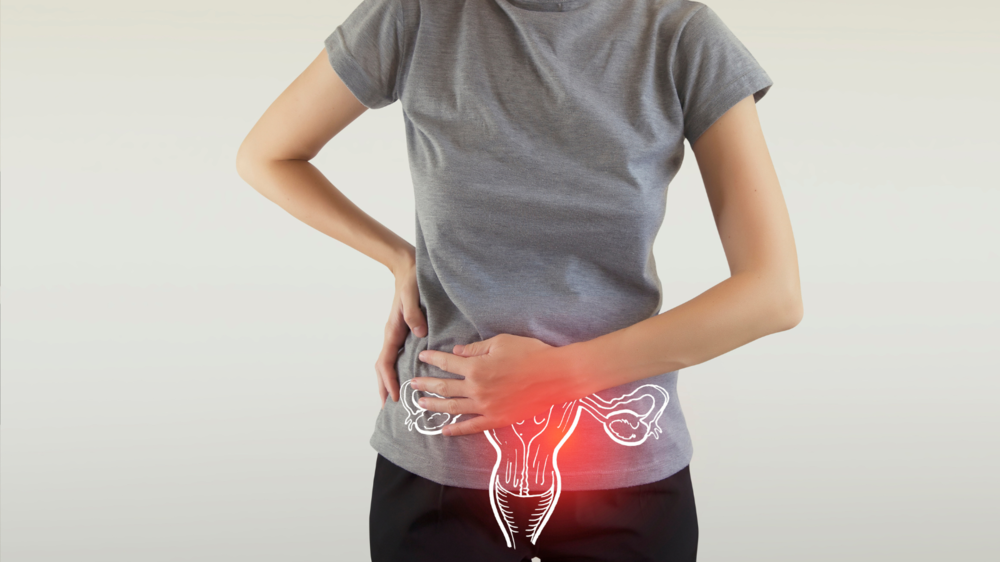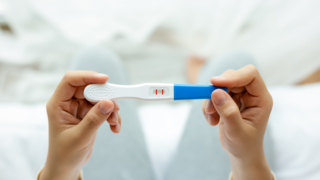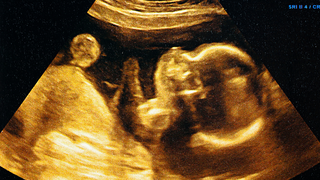In this article:
Understanding Endometriosis Surgery
Endometriosis surgery removes tissue that grows outside the uterus and causes pain, bleeding, or fertility issues. It can reduce symptoms and improve quality of life.The goal is to remove or destroy these endometrial-like tissues while preserving healthy organs and reproductive structures.
Types of Endometriosis Surgery
1. Laparoscopy (Keyhole Surgery)
- The most common method for treating endometriosis.
- A thin tube with a camera (laparoscope) is inserted through a small incision in the abdomen.
- The surgeon uses small tools to remove or burn away endometrial tissue.
- Usually performed under general anaesthesia.
- Offers faster recovery, minimal scarring, and less post-operative discomfort.
2. Laparotomy (Open Surgery)
- A larger abdominal incision is made to provide direct access to the affected areas.
- Usually reserved for severe or deeply infiltrating endometriosis.
- Allows removal of large cysts or scar tissue that cannot be addressed laparoscopically.
- Requires a longer hospital stay and recovery time.
3. Hysterectomy (Removal of Uterus)
- Recommended only in severe cases when pain persists despite other treatments.
- Sometimes includes the removal of ovaries and fallopian tubes if endometrial tissue has spread extensively.
- Considered a last resort, as it affects hormonal balance and fertility.
Preparing for Endometriosis Surgery
Preparation is key to recovery. Before surgery, your healthcare provider may suggest these steps:- Pre-surgical evaluation: Includes blood tests, imaging (e.g., ultrasound or MRI), and a medical history review.
- Medication guidance: You may be advised to stop certain medications before the operation.
- Dietary adjustments: Light meals or fasting before surgery, depending on the type of anaesthesia.
- Emotional readiness: Surgery can bring anxiety; discussing concerns with your doctor or a counsellor can help.
- Arrange support: Ensure a family member or friend is available to help during initial recovery days at home.
During the Surgery
- The procedure is done under general anaesthesia.
- Surgery can take 30 minutes to 3 hours, based on severity.
- In laparoscopic surgery, carbon dioxide is used to gently inflate the abdomen for better visibility gently.
- The surgeon identifies and removes or destroys abnormal tissue using specialised instruments.
- Small stitches are applied, and most patients can go home the same day or the next day.
Recovery After Endometriosis Surgery
Recovery varies depending on the type of procedure. Here’s what to expect:1. Immediately After Surgery
- You may feel discomfort, bloating, or shoulder pain from trapped gas.
- Light bleeding or spotting often occurs for a few days.
- Pain medicine helps control post surgical pain.
2. The First Week
- Rest as much as possible. Avoid heavy lifting or strenuous activity.
- Eat soft, light meals to ease digestion.
- Keep your incision clean and dry to prevent infection.
- Take short walks to improve blood flow and reduce bloating.
3. Weeks Two to Six
- Gradual return to normal activities, depending on your doctor’s advice.
- Do not have sex or exercise intensely until you have fully healed.
- Attend follow-up appointments to monitor recovery.
4. Long-term Healing
Full recovery can take 2–6 weeks for laparoscopy and up to 8–10 weeks for laparotomy.Regular monitoring helps detect recurrence early.
If fertility is a concern, your doctor may suggest waiting a few months before trying to conceive.
Risks and Complications
All surgeries carry risks, but serious complications are uncommon with experienced surgeons.Risks include infection or bleeding at the incision site.
- Damage to nearby organs, such as the bladder or bowel.
- Formation of new scar tissue (adhesions).
- Reappearance of endometrial tissue over time.
- Follow all pre- and post-surgery instructions carefully.
- Maintain good hygiene and eat well.
- Tell your doctor right away if you have severe pain, fever, or unusual discharge.
Managing Recovery Naturally
After surgery, gentle care helps your body heal faster. Some simple practices can make recovery smoother:- Eat nutrient-rich foods: Focus on fresh fruits, vegetables, and whole grains to boost immunity.
- Stay hydrated: Helps flush out toxins and supports tissue repair.
- Gentle movement: Light stretching or slow walking promotes circulation and reduces stiffness.
- Rest and sleep: Allow your body to rebuild energy and repair tissues.
- Emotional care: Recovery is not only physical; managing stress through meditation or breathing exercises supports overall well-being.
When to Seek Medical Help
Contact your healthcare provider immediately if you experience:- High fever or chills.
- Severe abdominal pain not relieved by medication.
- Heavy bleeding or foul-smelling discharge.
- Redness, swelling, or discharge at the incision site.
Life After Endometriosis Surgery
Surgery often brings significant relief, but ongoing management is essential.- Regular follow-ups ensure symptoms don’t return.
- Maintaining a balanced diet and an active lifestyle helps overall recovery.
- Hormonal therapies or supplements may be suggested to prevent recurrence.
- Emotional support through counselling or local support groups can help cope with lifestyle changes.
You’re not alone in your journey when trying to conceive. Join our supportive community to connect with others, share experiences, and find encouragement every step of the way.
FAQs on A Complete Guide to Endometriosis Surgery: Understanding Procedures, Recovery, and Care
- Can endometriosis return after surgery?
Yes, recurrence is possible, especially in severe cases. Regular follow-ups, a healthy diet, and hormonal management can reduce the risk of recurrence. - How soon can one return to work after a laparoscopy?
Most people resume light work within 1 to 2 weeks, depending on their comfort level and their doctor’s guidance. - Does endometriosis surgery improve fertility?
Yes, in many cases. Removing endometrial tissue can increase the chances of natural conception, especially if the disease affected the ovaries or fallopian tubes.











